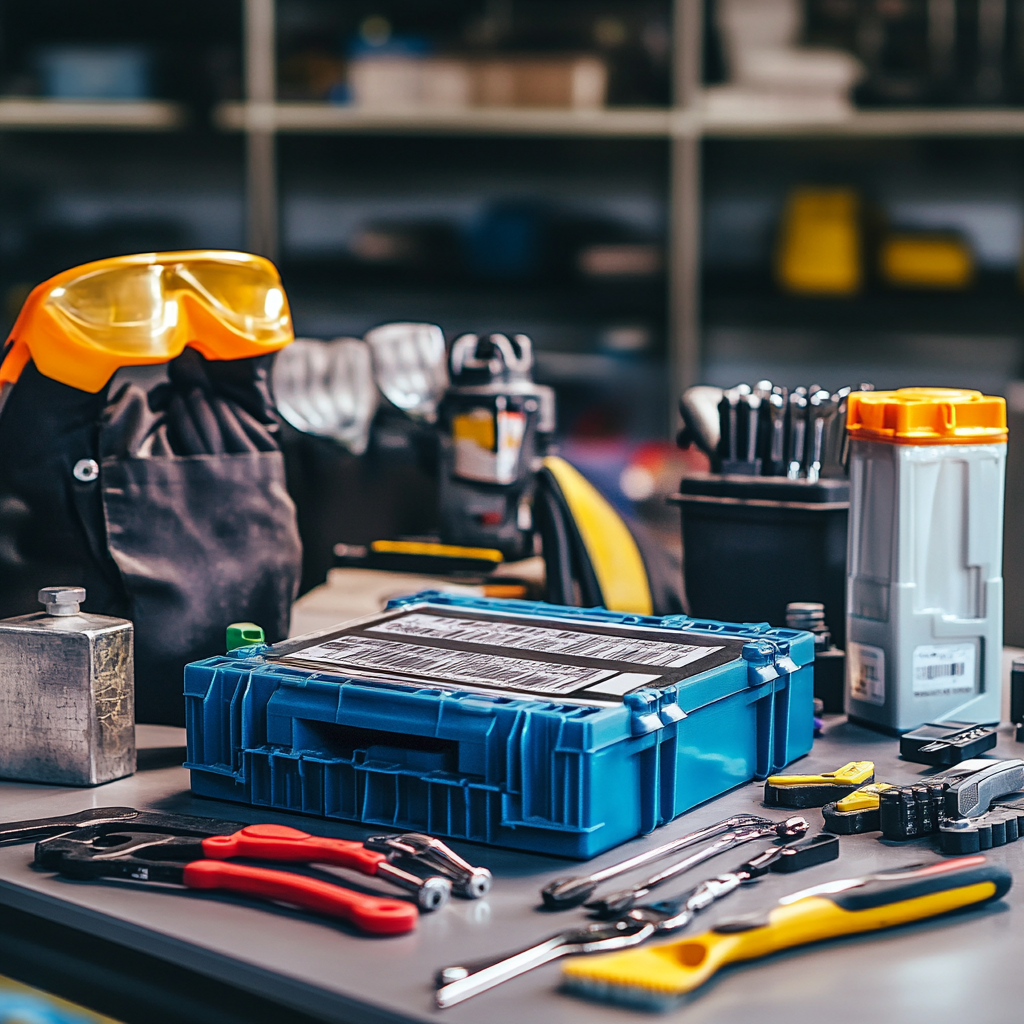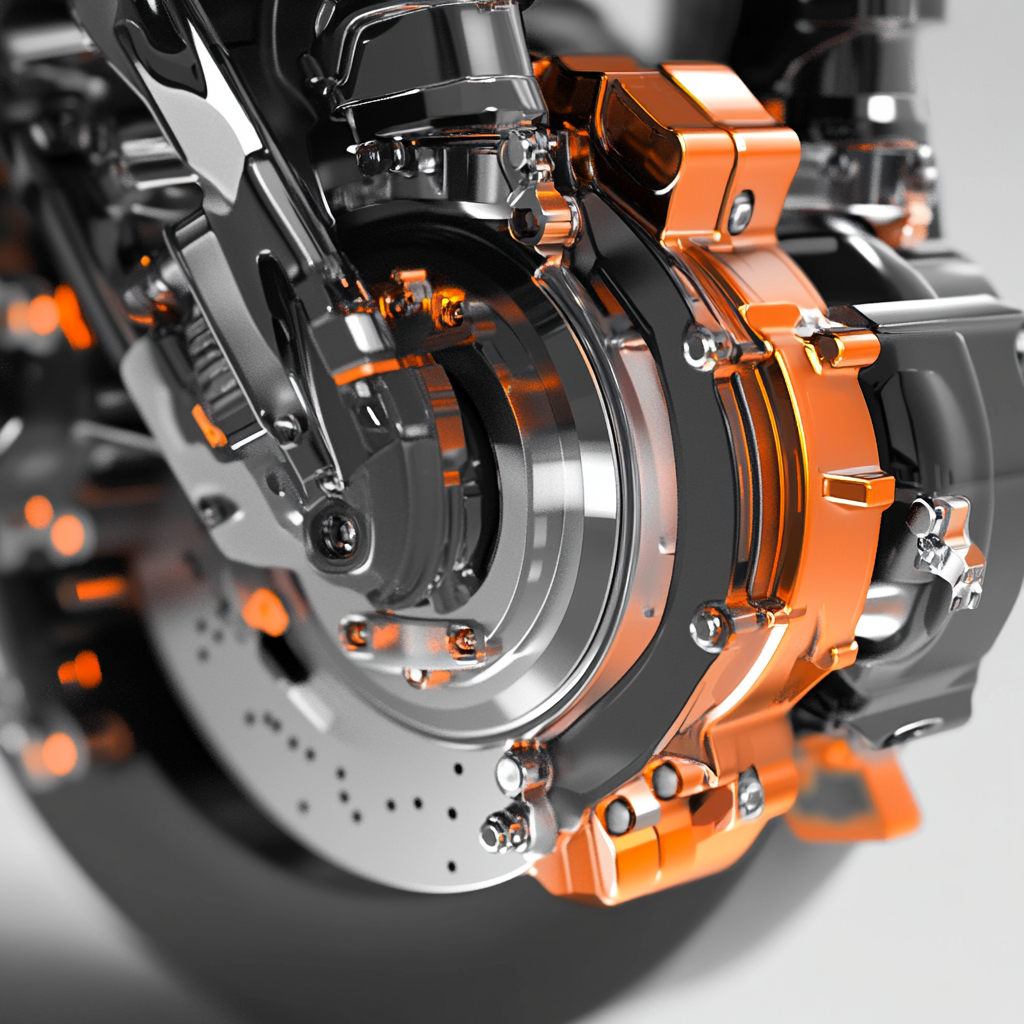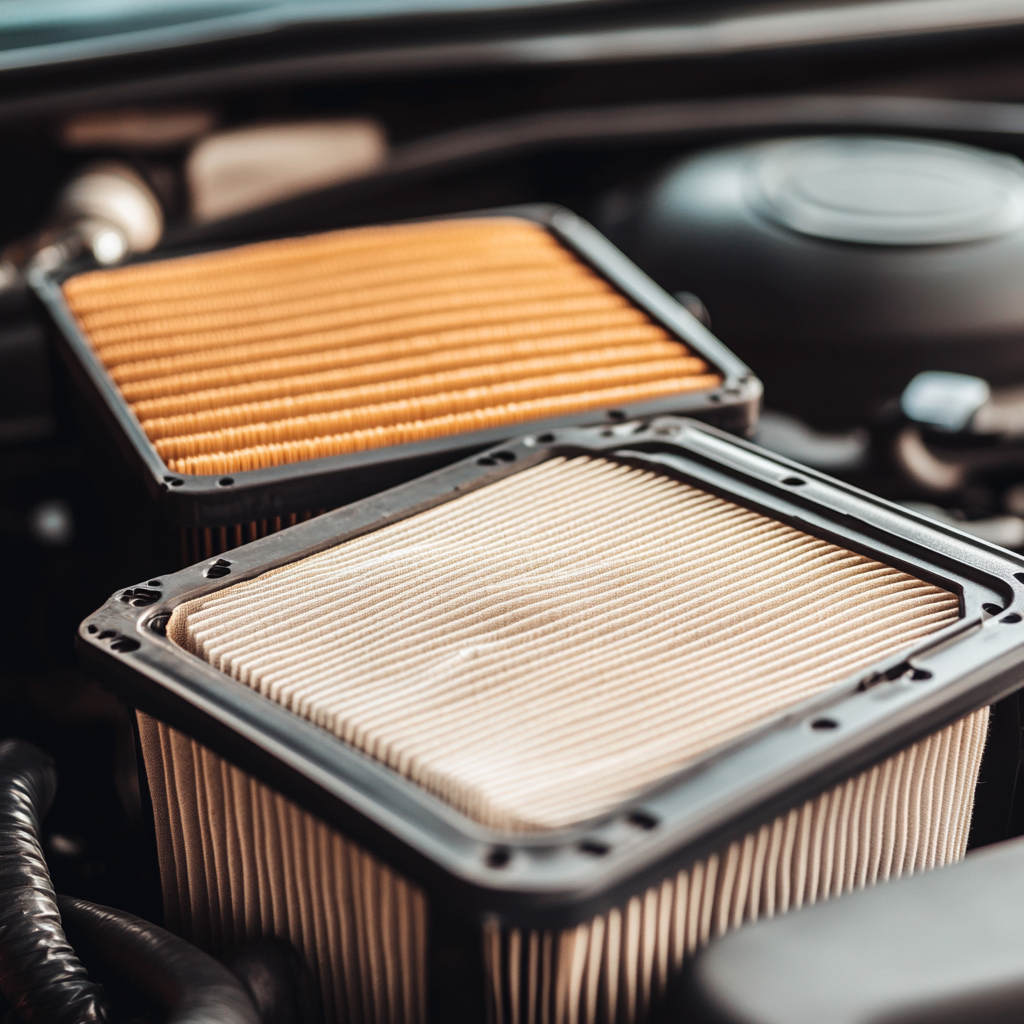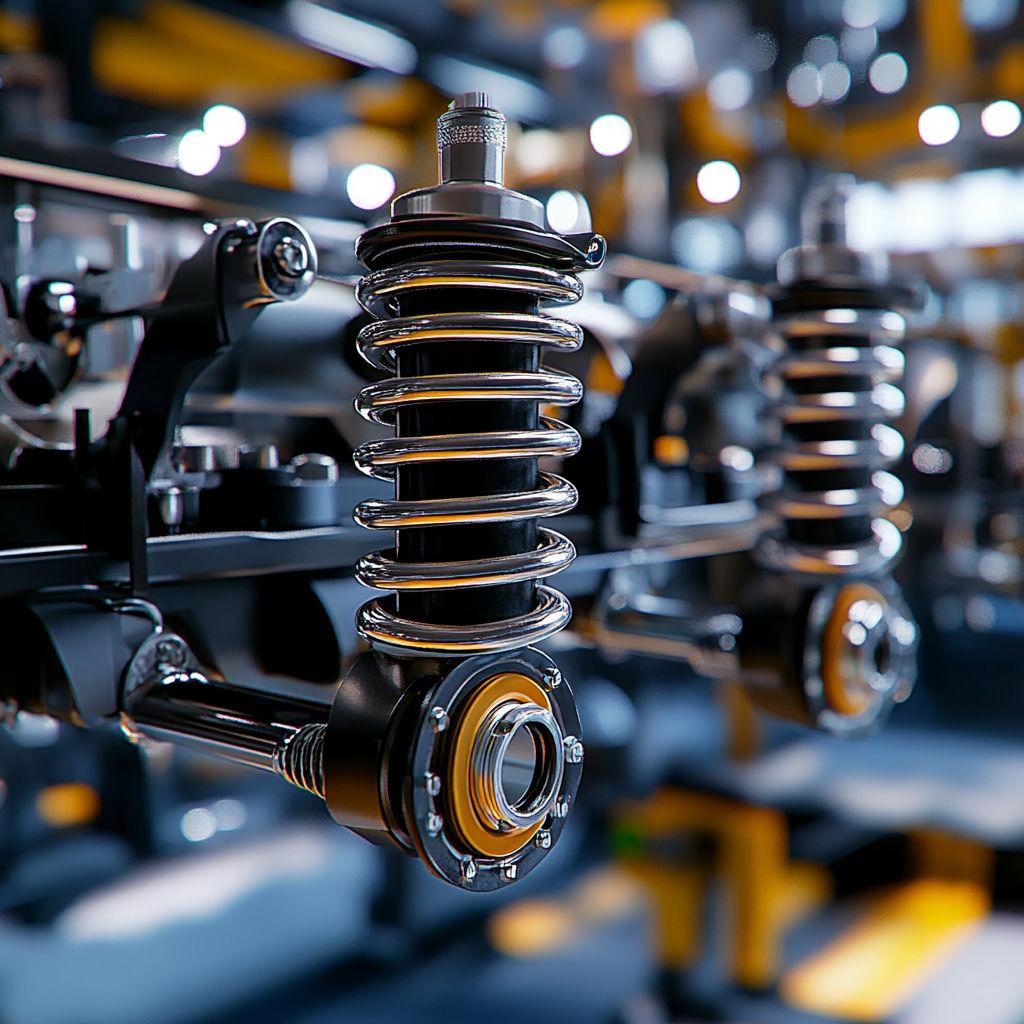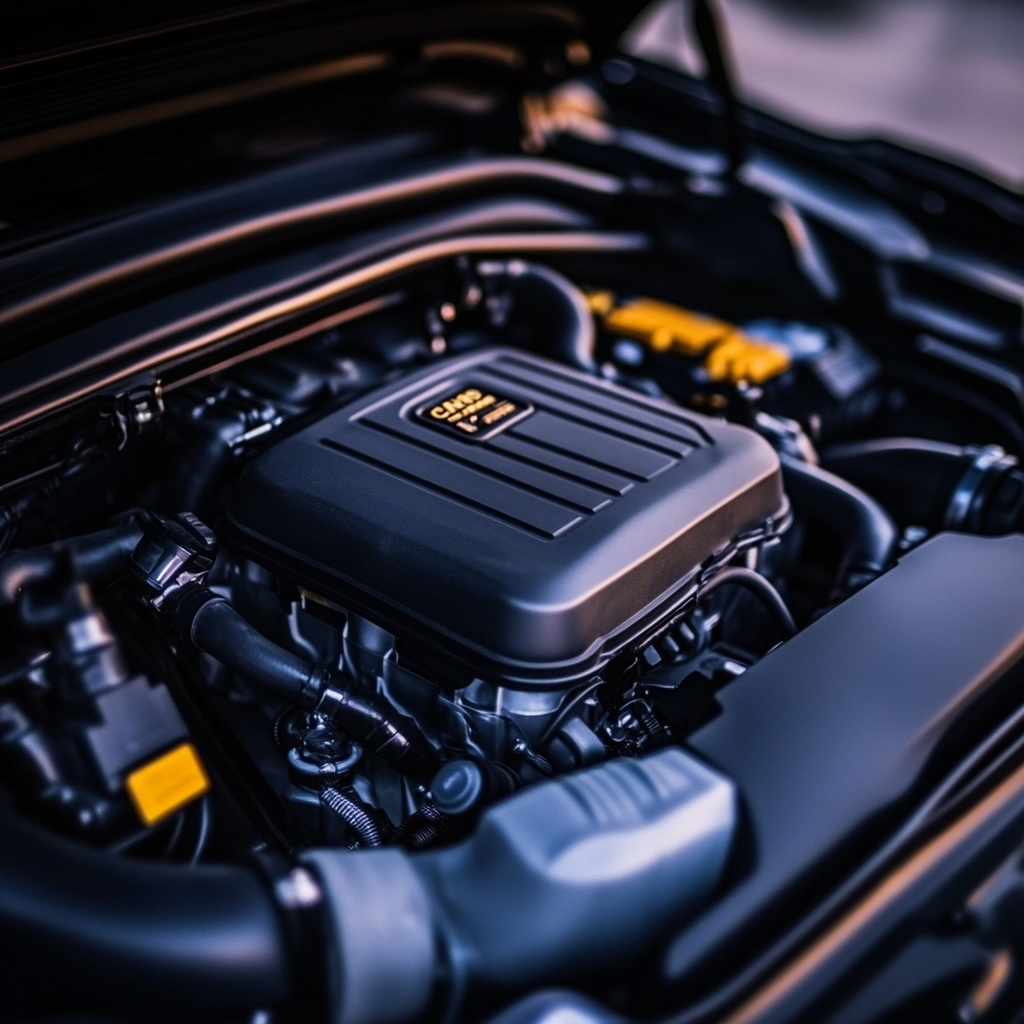
Did you know that ignoring your car’s transmission can lead to big repair bills and even shorten your car’s life? Your car’s transmission is really important for smooth gear changes and how well your car runs. Looking after your car’s transmission isn’t just about avoiding breakdowns—it’s also about keeping your car running smoothly. In this article, we will guide you through the best practices for maintaining car transmission. These tips will help you prevent common problems and keep your car running smoothly for years.
Understanding Car Transmission Basics
The transmission transfers power from the engine to the wheels, acting as a sort of middleman for your vehicle. It also ensures smooth gear changes for your vehicle. If you notice that your car is struggling or not running at all, then probably your car’s transmission system is not working properly.
There are three primary categories of automobile gearboxes, which are:
- Automatic Transmission: Changes gears on its own, making it easy to use and great for city driving.
- Manual Transmission: This system required the driver to shift gears using a clutch and gear stick, giving more control and often better fuel efficiency.
- Continuously Variable Transmission (CVT): Works without traditional gears, allowing smooth acceleration and better fuel economy.
Regular Transmission Fluid Checks and Changes
Transmission fluid is very important for your car’s transmission system. It works as a coolant and lubricant, reducing friction between moving parts and stopping the system from overheating. Taking care of the fluid helps your transmission last longer and saves you from expensive repairs.
Signs of Low or Dirty Transmission Fluid
Low or dirty transmission fluid can lead to a lot of problems. You might notice it’s harder to shift gears, or the gears take longer to kick in. Sometimes, you’ll hear grinding or strange noises while you are driving. Also, if the fluid looks dark or has a burnt smell, it’s a clear sign that it needs to be changed.
Step-by-Step Guide for Checking Transmission Fluid Levels
- Prepare Your Vehicle: First of all park your vehicle on a flat surface and make sure the engine is warm. Check your car’s manual to see if the engine should be running or turned off during the check.
- Locate the Dipstick: Look for the transmission fluid dipstick under the hood, usually near the back of the engine.
- Check Fluid Levels: Take out the dipstick, wipe it clean with a cloth, put it back in fully, and then pull it out again to see the fluid level.
- Inspect Fluid Quality: Check the fluid’s color and consistency. Clean fluid is usually reddish and doesn’t have dirt or debris.
- Top Up If Needed: If the fluid level is low, add the recommended type of transmission fluid through the dipstick tube. Be careful not to overfill it.

Recommended Intervals for Changing Transmission Fluid
The time to change transmission fluid depends on your car’s type and the manufacturer’s recommendations. For automatic transmissions, it’s usually every 30,000 to 60,000 miles. Manual transmissions typically need a change every 30,000 to 50,000 miles. For CVTs (Continuously Variable Transmissions), you should follow the specific intervals in the car manual, which are often between 25,000 and 50,000 miles.
Monitor Driving Habits
Avoid Aggressive Driving
Your driving style has a big impact on your car’s transmission. Driving aggressively, like hitting the gas hard or slamming the brakes, can really strain your car’s transmission. When you speed up quickly, the transmission has to work extra hard to shift gears, which can lead to overheating and wear over time. Sudden stops aren’t great either—they can make the gears shift roughly and possibly damage the parts inside. To help your transmission last longer, try to accelerate and slow down gradually. This gives the transmission time to shift gears smoothly and efficiently.

Proper Shifting Techniques for Manual Transmissions
For those of you who drive stick shift, how you use the clutch can really affect your transmission. A lot of people “ride the clutch,” which means keeping your foot on the clutch even when you’re not shifting. This can wear out the clutch plates faster. It’s also important to shift smoothly and make sure you’re in the right gear for your speed. Forcing the gear shift can damage the gear teeth. When you’re waiting at traffic lights or stopping for a while, shift into neutral instead of holding the clutch pedal down. This small change can prevent unnecessary wear.

Importance of Allowing the Car to Warm Up in Cold Weather
When it’s cold outside, transmission fluid gets thicker, so it doesn’t work as well. To keep things from getting damaged, let your car warm up before you drive. Just start the engine and let it run for a minute or two. This gives the fluid time to warm up and move through the transmission like it should. Don’t drive hard until the fluid is warm—cold fluid causes more friction, which means things wear out faster.

Pay Attention to Warning Signs
Paying attention to your car can help you catch transmission problems early, saving you money on big repairs. Watch out for these signs: unusual noises like whining, clunking, or humming; gears slipping or struggling to stay in place; slow response when shifting; a burning smell; or fluid leaks. Ignoring these problems will turn your small problems into more serious ones, such as requiring a new transmission. That’s why to keep your gearbox operating longer, check your car frequently, listen for odd noises, and take quick action when you notice something is off.

Avoid Overloading Your Vehicle
Also, try not to overload your vehicle because it puts extra pressure on the transmission. Carrying heavy loads makes the transmission work harder, which can wear out parts like gears and clutches faster. On top of that, overloading raises the temperature in the gearbox, which can break down the fluid and cause damage from friction. Heavier loads reduce fuel efficiency and put more stress on the transmission. Always check your vehicle’s Gross Vehicle Weight Rating (GVWR) in the manual and distribute weight evenly. Remove unnecessary items and use a trailer for larger loads. Keeping your car within weight limits ensures smoother performance and longer transmission life.

Schedule Regular Professional Inspections
Benefits of Professional Diagnostic Checks
It’s a good idea to have a mechanic check your transmission regularly. They can find small problems before they become big and expensive, helping your transmission and your whole car run better for longer.
Components a Mechanic Typically Inspects
A transmission check-up includes checking the fluid (is it clean and full?), looking at the gears and clutches (for wear that causes shifting issues), checking for leaks around seals and gaskets, and looking for metal bits in the pan (which could mean internal trouble). They’ll also run a computer check for any error codes.





